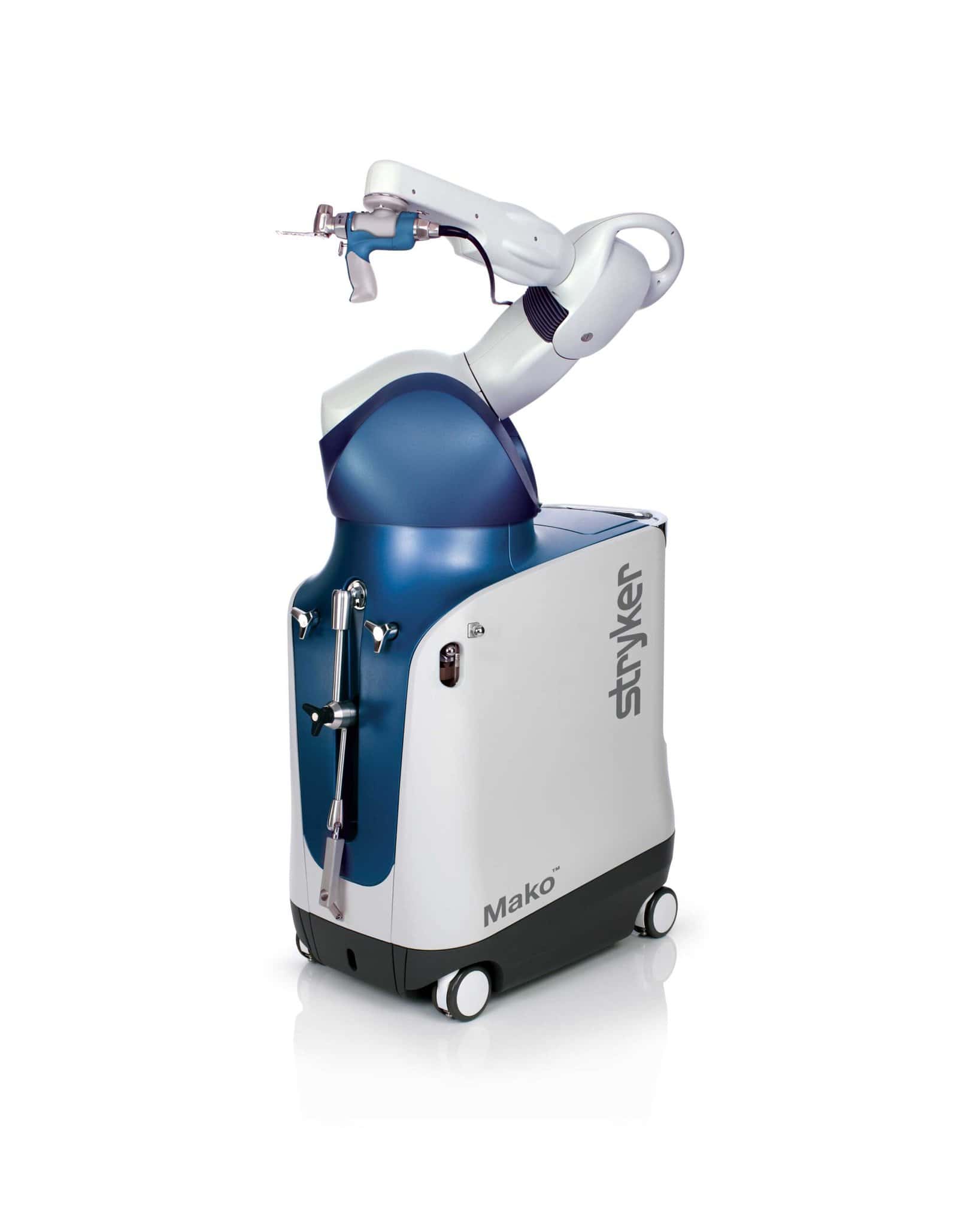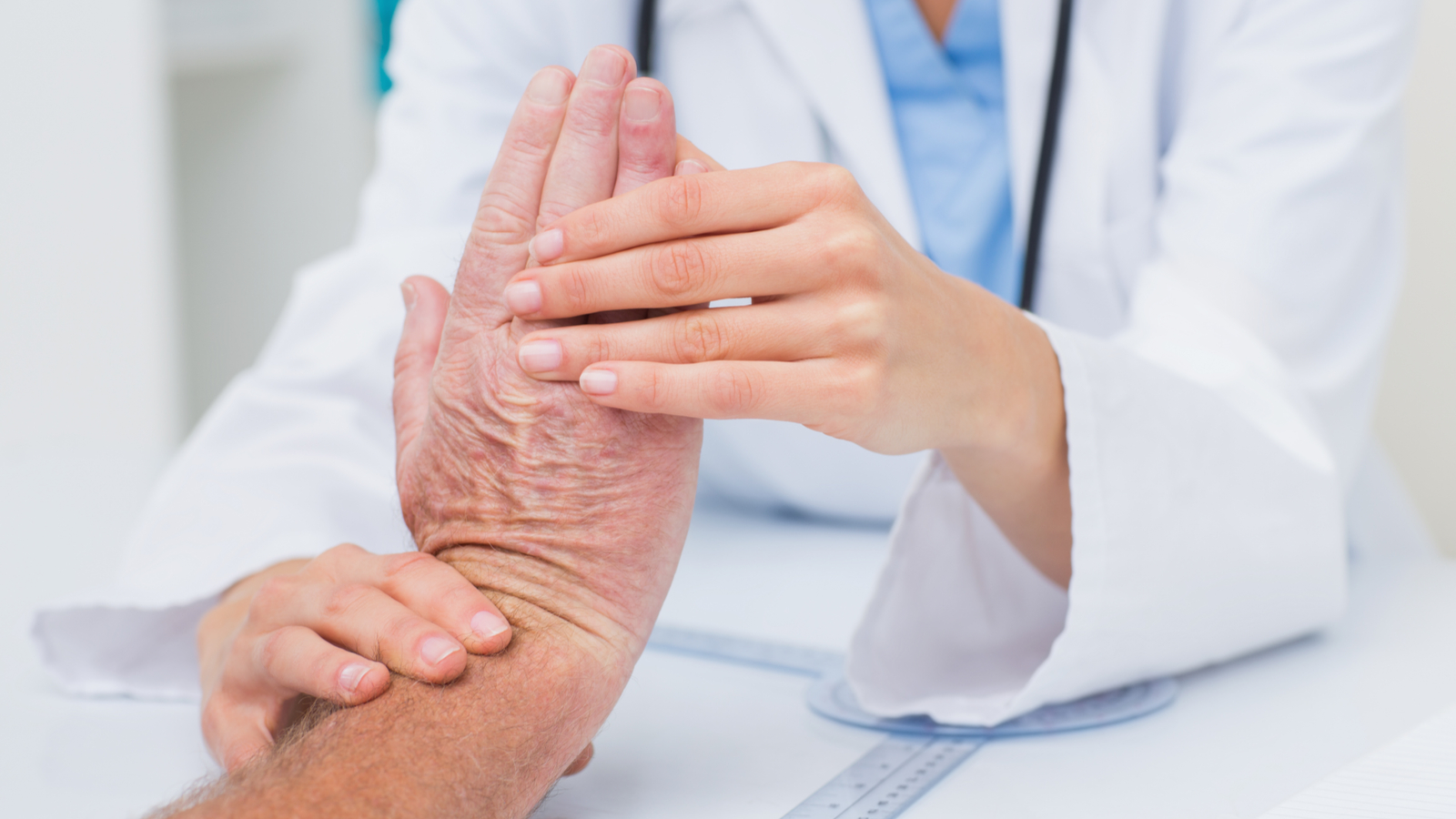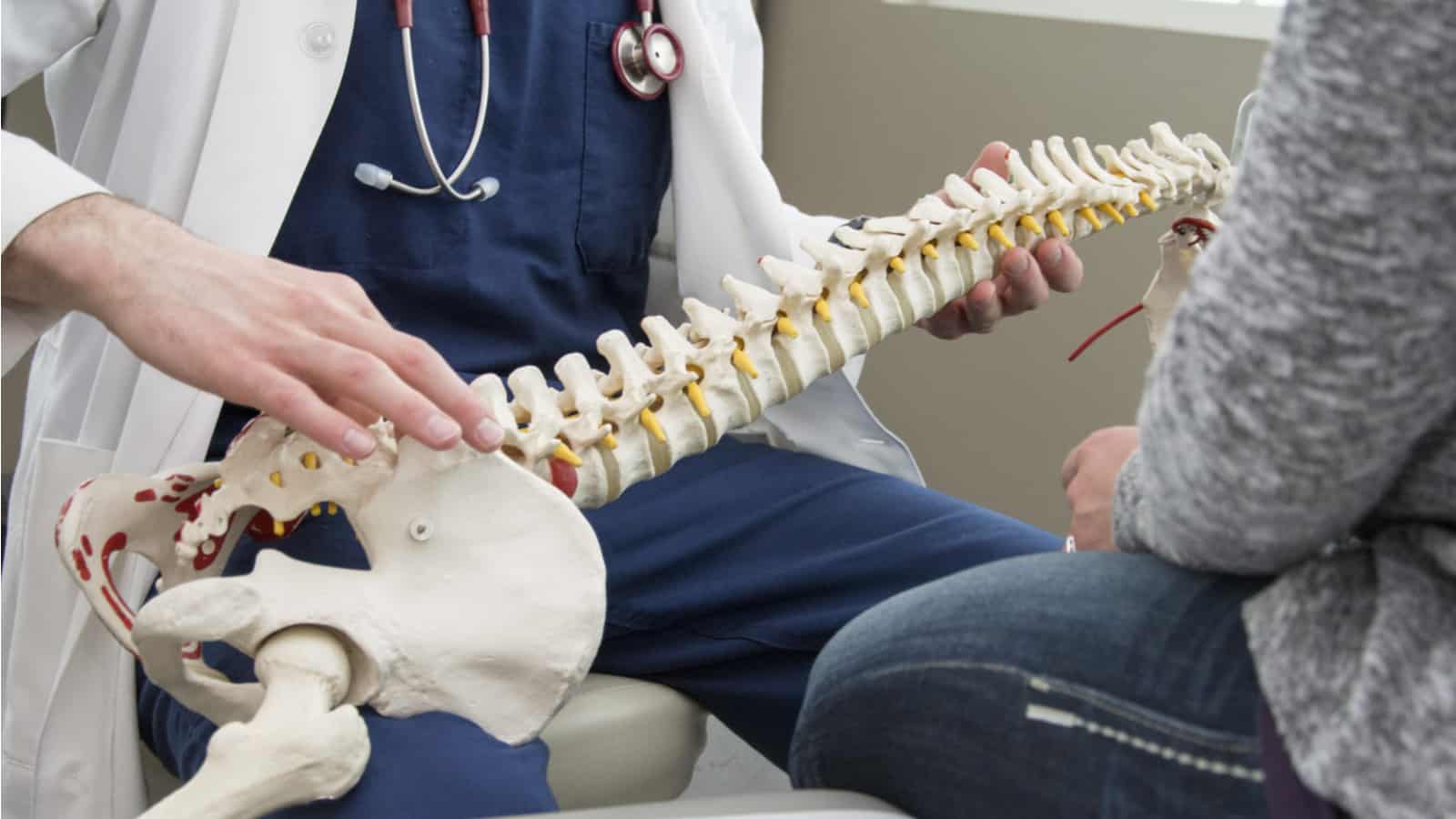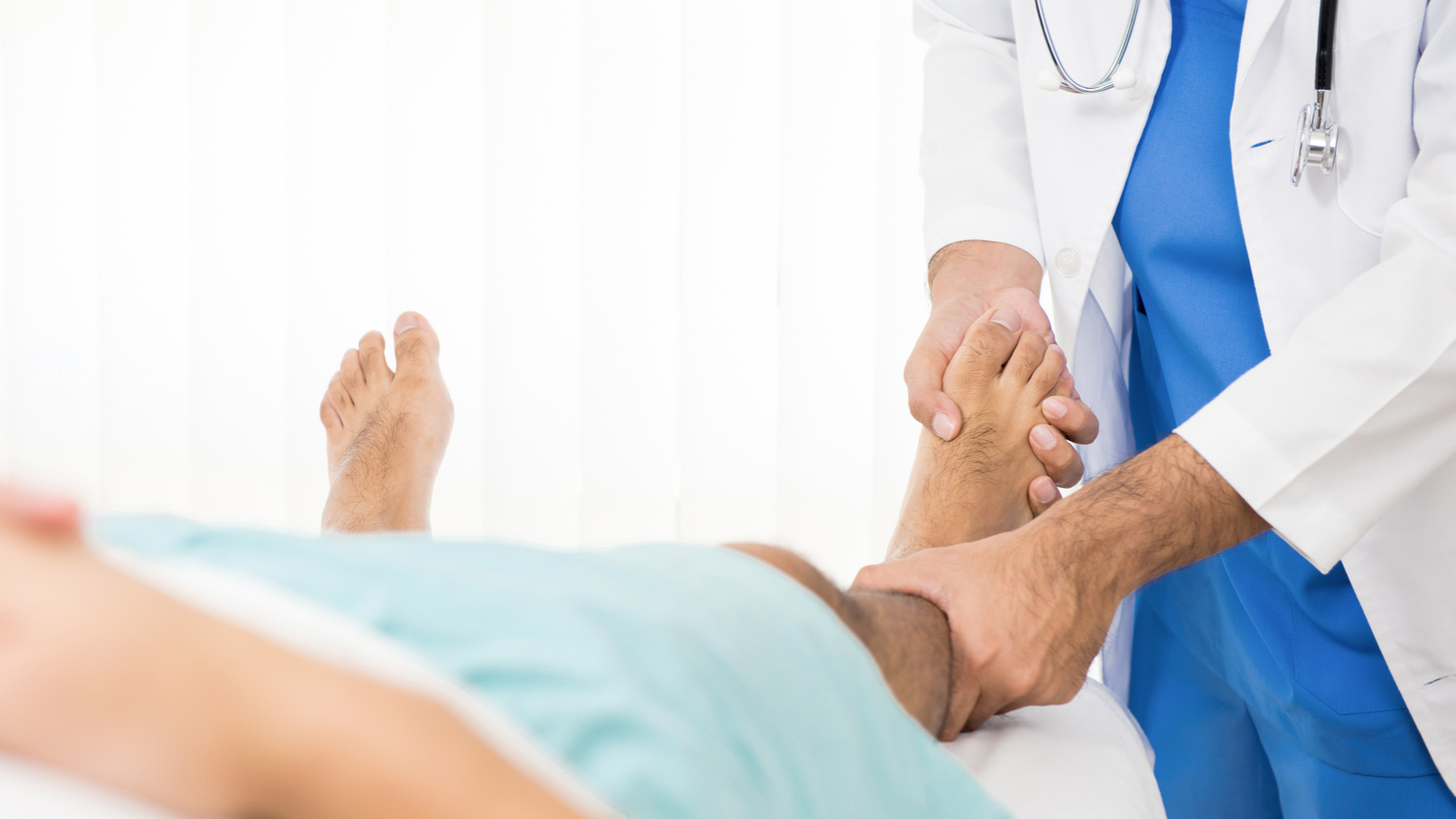When you have been living with excruciating joint pain for years or have been experiencing limited mobility because of a joint problem, relief may seem unattainable. Total joint replacement may be the solution you seek. When your hip, knee, ankle, or shoulder has permanent damage, a new, artificial joint can help you find pain relief and restore your mobility.
Find out if you are a fitting candidate for total joint replacement. Contact our orthopaedic surgeons in Illinois today.
Total Joint Replacement Procedures
Total joint replacement is a tool used to alleviate pain and restore mobility for issues related to joints. Joint replacement is considered as a solution when pain is extreme, movement is significantly limited and when other treatment methods have not been sufficiently effective in addressing symptoms.
In total joint replacement, the patient’s affected joint is removed and replaced with an artificial or prosthetic joint in a surgical procedure. Your surgeon will remove the damaged cartilage and bone and replace them with a prosthesis engineered and designed to mimic the shape and movement of a natural joint. The materials and design differ depending on the type of joint being replaced and its location within the body.
When Total Joint Replacement is Used
Total joint replacement can be an effective solution. Before recommending a joint replacement surgery, however, your orthopaedic surgeon will try other treatment methods specific to your individual circumstances. Some preliminary strategies could be:
- Weight Loss – Excessive weight can cause undue strain on joints, and losing weight could reduce the burden on hip, knee, and ankle joints
- Exercise and Physical Therapy – Exercises to strengthen muscles can help assist the joint in doing its job, and certain physical therapies can correct harmful postures or repetitive movements that are hard on the joint
- Medications – Non-steroid medications that reduce swelling and inflamation or reduce pain may be used to address joint pain
- Injections – Steroid injections are used to lubricate and cusion joints
Additional adjustments can be made to your overall lifestyle to attempt to correct the issue. In some cases, pain and mobility problems may persist despite these efforts. If that occurs, it may be the case that the joint cartilage is significantly damaged. This can be caused by conditions such as arthritis, injuries such as fractures, and other joint problems. When the cartilage is irreparably damaged, total joint replacement can be used to provide you with lasting relief and return you to a wider range of motion.
Risks and Benefits of Total Joint Replacement
Removing the damaged part of the joint and replacing it with an artificial joint can be highly effective. It is, however, a surgical procedure, and as such, there are inherent risks involved. Before you commit to a total joint replacement procedure, your physician should discuss the potential risks and benefits involved.
Risks
- Medical complications from surgery, such as an infection, blood clot, nerve injury or cardiovascular event. The risk of a surgical complication in a joint replacement surgery are low relative to other types of surgery
- Unintended issues with the artificial joint. In a small number of cases, the synthetic joint can move out of place
- Not completely resolving the initial complaint. Sometimes the procedure does not completely fix the patient’s symptoms. They may still experience some level of pain.
Benefits
- Pain is greatly reduced or completely erradicated
- Mobility is significantly improved or completely restored
- The artificial joint will retain its condition and perform effectively for years
- Most complications, if they occur, are relatively minor and can be corrected
- You can begin enjoying the new joint shortly after the surgery
You and your doctor should work closely to weigh these factors and come to an informed decision on the best course of action. The Orthopaedic Institute of Southern Illinois is staffed by highly skilled orthopaedic surgeons who are practiced in performing all manners of joint replacements for a wide variety of patients. We will always inform you of the risks and benefits involved in a surgical procedure.
How to Prepare for Your Surgery
Each procedure will be unique to the patient. Depending on your preexisting medical conditions, habits, lifestyle and the joint that is being replaced, you will need to take specific steps to prepare for your joint replacement surgery. Follow the direction and advice of your orthopaedic surgeon, as well as the general preparations outlined below.
Exercise. Exercise before your surgery, up until the day before the procedure. Exercising builds strength, range of motion, and endurance. All of these will prepare you for a successful recovery. Ask your physician for recommended exercises appropriate for your situation. If you exercise before your surgery, you will enjoy less soreness and fatigue, better circulation leading to less swelling and a reduced risk of blood clots, and overall improved mobility.
Diet and Nutrition. Eating healthy before and after your procedure also optimizes your recovery. You should:
- Drink fluids and stay hydrated
- Eat fiber in anticipation of constipation caused by pain medications
- Eat iron-rich foods like lean red meat, dark leafy green vegetables, and raisins
- Consume Vitamin C (found in foods like oranges, cantaloupe, and tomatoes) to aid your body in absorbing iron
- Make sure you are getting enough calcium by including things like milk, yogurt, leafy greens, and fortified ceral in your diet
Be sure to eat light meals in the 24 hours before the surgery. Anesthesia and pain medications can slow down your digestion and lead to temporary constipation.
Smoking and Alcohol. It’s best to quit smoking and avoid alcohol surrounding your surgery. It’s critical that you are honest with your doctor about your smoking and drinking habits. They will be able to best prepare you for a safe and successful surgery and recovery without judgment.
Preparing Your Home. Set yourself up for a safe, convenient and comfortable return to home after your surgery. Remove obstacles from your main paths of traffic, do house chores like laundry and cooking beforehand as much as possible to prepare for your recovery time. Arrange for the help you need, which could include a family member or home aide as well as adaptive equipment like a wheelchair, walker, or crutches.
Contact Our Orthopaedic Surgeons | The Orthopaedic Institute of Southern Illinois
Get in touch with our orthopaedic surgeons in Illinois to learn more about our total joint replacement services or call any of our locations below:







